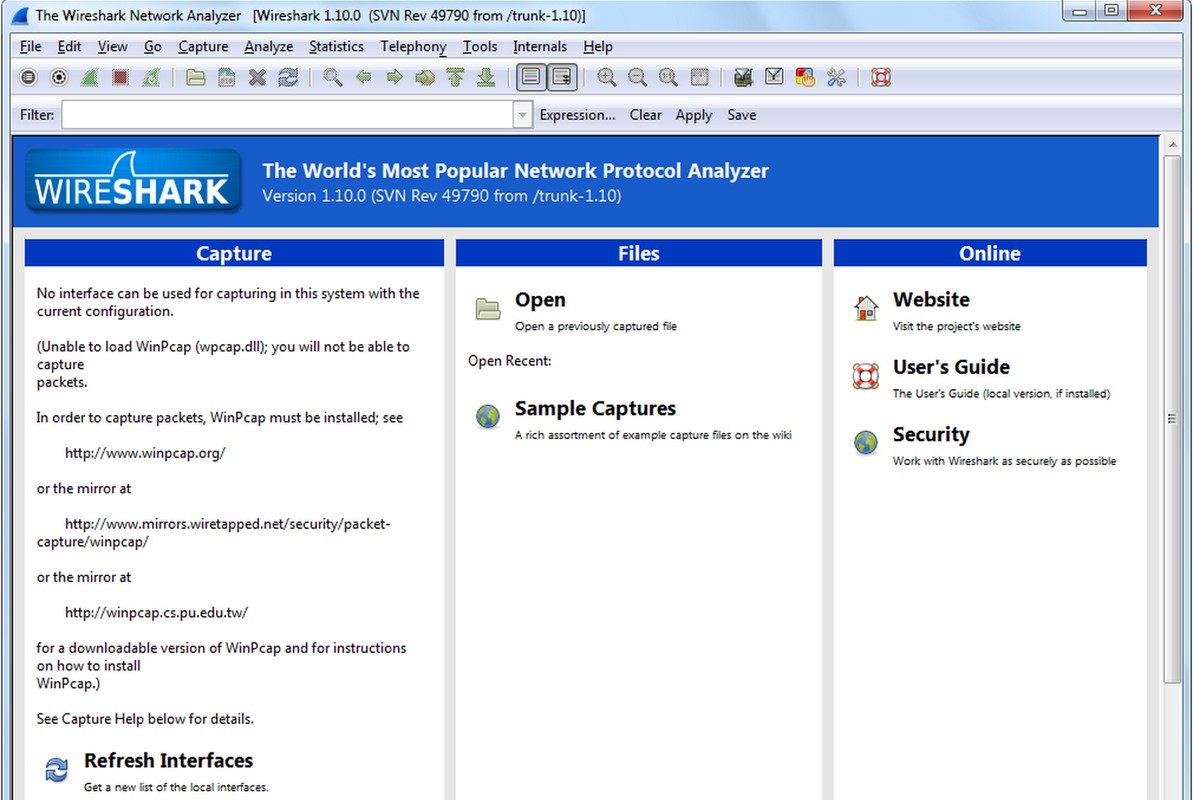

If we start looking through these packets we come across something very interesting in unencrypted, plain text. We can see a lot of Telnet data, but it doesn’t seem to tell us much. Now we need to look at Wireshark and see what we’ve managed to capture. Let’s log in and get to the prompt by entering our password: Your Telnet session then opens like this. In this instance, we know that the IP address of the Cisco is 192.168.30.1, so we enter it into Putty like so: This won’t be a problem, as we will apply a filter to our results and highlight only the results that we’re after. Because Wireshark is monitoring all traffic over Ethernet, it will detect all traffic on the connection and save it into the PCAP that we will be analyzing. Next, let’s fire up Putty, as it will let us connect to our Cisco 1751 router via Telnet over the local network. In our case this will be Ethernet, as we’re currently plugged into the network via an Ethernet cab. The very first step for us is to open Wireshark and tell it which interface to start monitoring. By using Wireshark, we will see what data we can find on the network relating to any network communications. Let’s look at an example using Telnet to log onto a Cisco Switch.

Inspecting the contents of data packets.



 0 kommentar(er)
0 kommentar(er)
